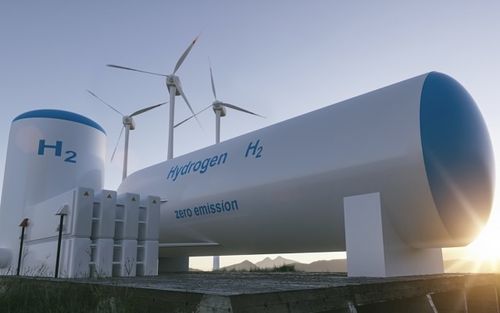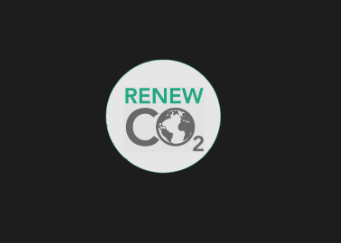Australia-based HyTerra is raising AUD 6.1m for geologic hydrogen activities along the Nemaha Ridge in Kansas, according to an investor release.
Ther firm “is undertaking a capital raising of approximately AUD $6.1 million (before costs) through a placement to sophisticated
and professional investors and a subsequent fully underwritten non-renounceable rights issue to eligible shareholders,” with the funds allocated to execute a multi-well drilling program in Kansas.
HyTerra’s exploration acreage covers over 9,600 acres and is 100% owned and operated.
Hydrogen and helium occurrences have been recovered previously from wellbores within these leases. They are near agricultural and manufacturing facilities that are connected by rail, road and/or pipelines. Within these areas, the Company has identified multiple drilling targets covering a diverse range of geological plays.
HyTerra plans to continue leasing of high-priority acreage and drill two exploration wells. The timing of the drilling program is subject to regulatory and landowner approvals, as well as third-party contractor availability. However, it is HyTerra’s goal to commence drilling in 3Q24, according to the release.







